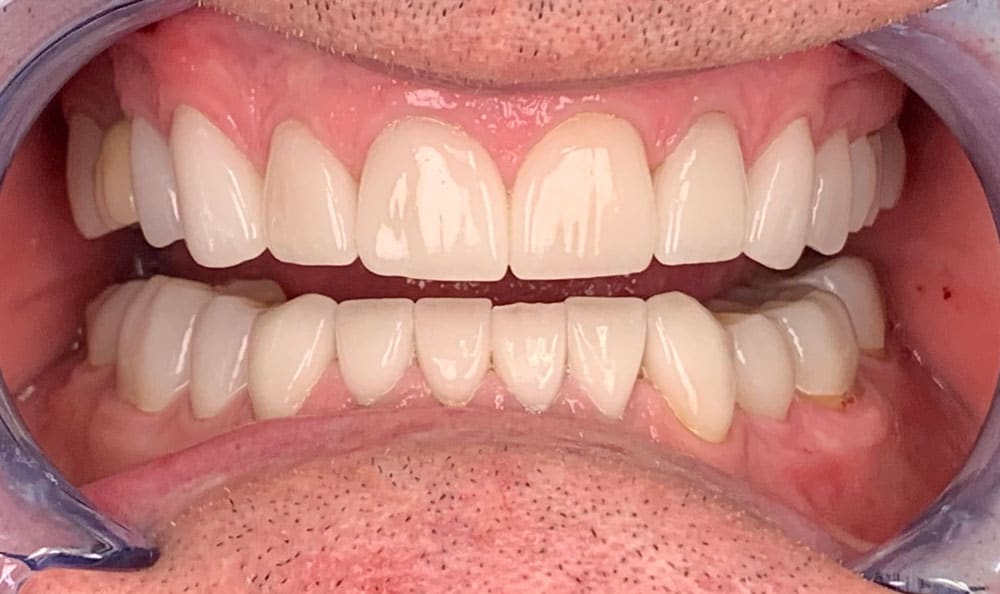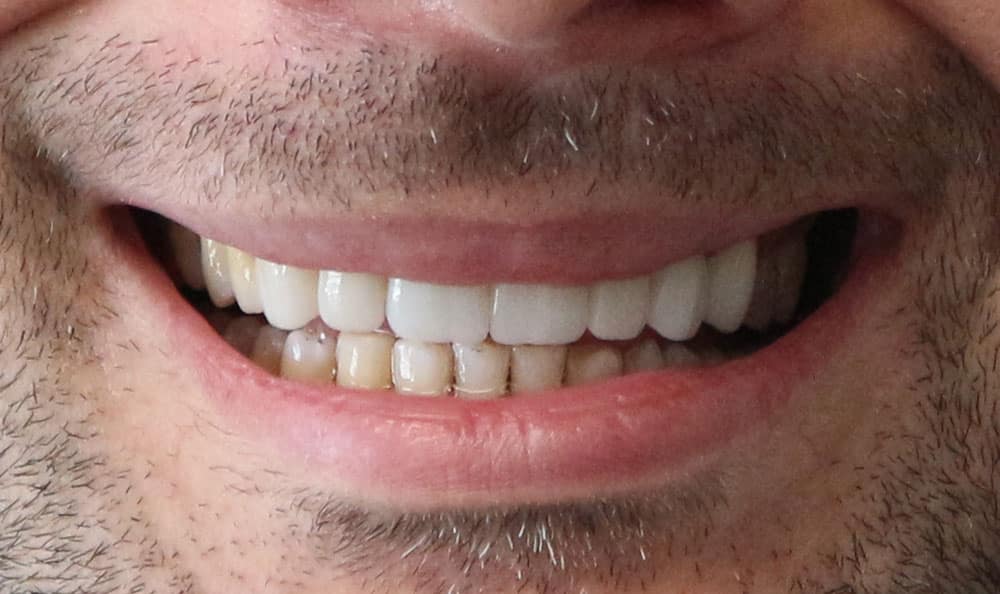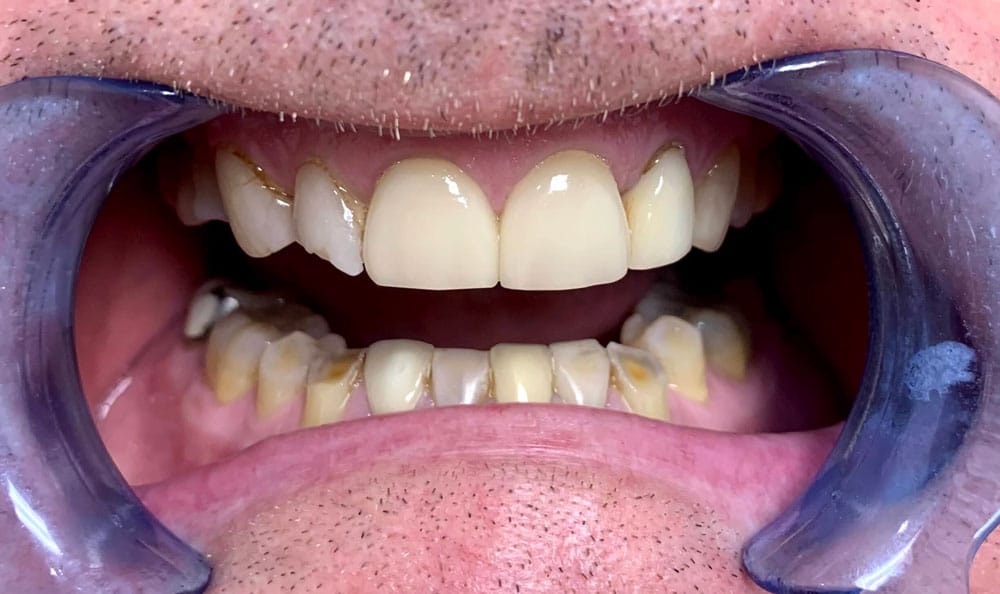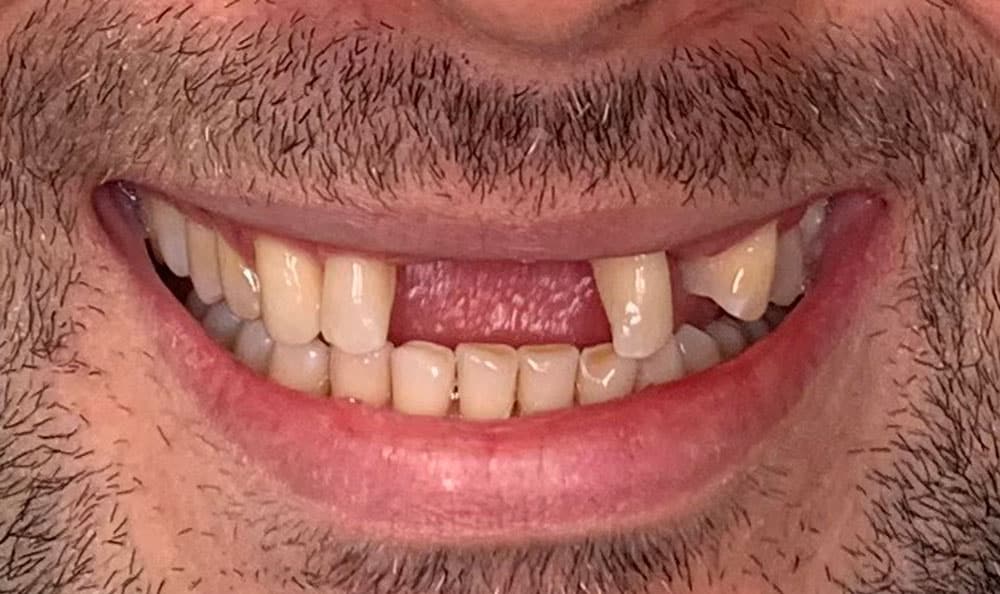Dental emergencies can strike without warning, and a dental abscess is one of the most painful and urgent conditions you might face. Knowing the immediate steps for dental abscess emergency care can prevent complications, alleviate pain, and save your tooth. Emergency Dentist Houston specializes in prompt and effective solutions, offering comprehensive emergency dental abscess treatment Houston for patients in need.
A dental abscess occurs when a bacterial infection develops in the tooth or surrounding gum tissue, forming a pus-filled pocket. The symptoms are often severe and include sharp, throbbing pain, swelling in the face or jaw, sensitivity to hot or cold, and sometimes fever or fatigue. Ignoring these signs can lead to more serious health issues, including the spread of infection to other areas of the body.

1. Recognize the Signs and Act Quickly
The first step in dental abscess emergency care is recognizing the symptoms early. Swelling, persistent pain, and pus discharge from the gum are clear indicators of an abscess. Difficulty swallowing or breathing is a severe warning sign that requires immediate medical attention. As soon as you notice these symptoms, contact an Emergency Dentist Houston or search for a Walk In Dentist near me to receive professional evaluation without delay.
2. Rinse and Clean the Affected Area
While waiting for professional care, keeping the area clean helps reduce the risk of spreading the infection. Rinse your mouth gently with warm salt water multiple times a day. Avoid aggressive brushing or poking the abscess with sharp objects, as this can worsen the infection. Over-the-counter pain medications can temporarily relieve discomfort, but they do not treat the underlying infection.
3. Avoid Certain Foods and Habits
During a dental abscess emergency, what you eat and drink matters. Stick to soft foods, avoid extremely hot or cold beverages, and refrain from chewing on the affected side. Smoking and alcohol consumption can impair healing and increase infection risk. Maintaining proper oral hygiene is essential, but it must be gentle to avoid aggravating the abscess.

4. Seek Immediate Professional Help
The most crucial step in dental abscess emergency care is professional treatment. Emergency Dentist Houston offers specialized emergency dental abscess treatment Houston, ensuring that infections are addressed quickly and effectively. A dentist will evaluate the abscess, drain any pus if necessary, and prescribe antibiotics to control the infection. In some cases, root canal therapy or tooth extraction may be required to prevent recurrence.
5. Follow Post-Treatment Instructions
After receiving emergency dental care, it is important to follow the dentist’s instructions carefully. Take prescribed antibiotics exactly as directed, complete the full course, and attend follow-up appointments to monitor healing. Avoid self-treating or skipping dental visits, as lingering infection can lead to complications. Practicing good oral hygiene and scheduling regular check-ups help prevent future abscesses.
6. Use Emergency Dentistry Resources for Quick Access
When facing a severe dental abscess, time is critical. Using reliable emergency dentistry services like Emergency Dentist Houston can make a significant difference. They provide same-day care for urgent cases, making them the preferred choice when searching for a Walk In Dentist near me. Immediate professional intervention reduces pain, prevents infection spread, and improves recovery outcomes.
Conclusion
Dental abscesses are painful and potentially dangerous if not treated promptly. Understanding the steps for dental abscess emergency care—recognizing symptoms, keeping the area clean, avoiding harmful habits, seeking professional treatment, and following post-care instructions—is vital. Emergency Dentist Houston offers swift and effective emergency dental abscess treatment Houston, making them a reliable partner in times of urgent dental need. If you experience sudden dental pain or swelling, don’t hesitate to find a Walk In Dentist near me and ensure timely, professional care through trusted emergency dentistry services.
In modern times, teeth-whitening treatments have come so far through different technologies. You are in the right place if you need to know how to get the best teeth. This article will inform you about the latest type of teeth whitening treatment. So, continue reading to acknowlege more.
Newest Ways of Teeth Whitening
Advanced Laser Technology:
The diode lasers represent significant advancements in teeth-whitening opportunities. These lasers work best at particular wavelengths for pinpointing tooth stains, making the whitening process more effective. The Biolase Epic X laser is known for its accuracy and quickness, leading to a significant decrease in treatment duration.
Customized Treatment:
Dental professionals can now use AI and machine learning to create personalized treatment plans. These technologies evaluate a patient's dental history and enamel condition to recommend the best whitening treatment method.

Sensitivity Reduction:
New gel formulas designed for use with lasers aim to decrease tooth sensitivity, a frequent issue associated with whitening procedures. The hydroxyapatite nanoparticles found in these gels are essential for shielding the enamel and diminishing any pain experienced.
Led Teeth Whitening:
The increase in teledentistry has led to advanced at-home whitening kits that utilize LED lights and professional-grade whitening ingredients. Kits such as the GLO Brilliant Personal Teeth Whitening Device provide professional results while also being convenient.
Sustainable options:
In response, the industry is prioritizing sustainability by offering biodegradable trays and natural whitening agents. Eco-friendly consumers are increasingly interested in products such as bamboo charcoal whitening strips.
Regulatory Compliance:
The regulatory environment and technological advancements are constantly changing. Businesses invest in clinical trials and research to ensure their products meet the high standards established by organizations such as the FDA, guaranteeing safety and effectiveness.
Ways to Find the Best Dental Clinic
After reading this, you might be thinking about getting to the right clinic so that you can access all these treatments.
Begin by investigating dental offices and reviewing feedback from patients. Search for clinics that have excellent ratings and receive good reviews for their cosmetic dentistry treatments.
- Knowledge and qualifications
Select a dentist with specialized training and a wealth of experience in cosmetic dentistry.

- Tools and infrastructure for technological advancements
Choose a dental center that utilizes the most up-to-date technology and tools. Up-to-date amenities can improve the efficiency and security of your whitening procedure.
An effective dental clinic will provide a comprehensive consultation to understand your requirements and tailor the whitening procedure accordingly. They must also offer transparent details on the procedure, anticipated outcomes, and possible hazards.
- Location and ease of access
Take into account the positioning of the dental office. Looking for a "dentist near me" and knowing about the professional teeth whitening cost can lead you to a conveniently situated clinic, particularly if you seek an experienced dentist.
In Conclusion
This article clearly shows that you can take advantage of the best teeth whitening experience you can get from the expert. But if you are still in confusion and want to know about types of gum disease and their treatments it would be best that you connect with the right dentist. Also, it is necessary to be familiar with the teeth whitening dentist cost as it depends on the area and also on the doctor's experience.
Dentures are considered the best form of tooth replacement. You need to know the most versatile options for your teeth. In modern times, many treatment options are available to get the best smile that instantly boost your confidence. In the same way, flexible partial dentures are a reasonably priced alternative for replacing lost teeth. A cost-effective method of replacing a missing tooth or teeth is with partial dentures. Traditionally, the replacement tooth is held in place by clasps that join neighboring teeth on a base made of plastic or metal. In this article, you will read more about the flexible dentures that can make your smile journey more comfortable. Keep going.
What are Flexible Dentures?
Compared to a conventional partial denture, they are more comfortable for any patient to wear. Flexible partials are thin thermoplastic materials that bend to fit the patient's oral cavity, such as vinyl composite or nylon. Flexible dentures are an excellent choice for people who suffer from:
- Crooked teeth make it challenging to put on stiff dentures.
- An allergy to acrylic ones.
- Uncorrectable irregularities in the ridges of the bones.
- A restricted capacity for mouth-opening.

Prominent Reasons to Choose Flexible Partial Dentures
Here are some main causes that will help you make a strong decision:
● Strong as a Diamond
These teeth are very strong and give you 100% assurance that they will not break. Replacing broken dentures is costly and time-consuming. Flexible partial dentures are more forgiving and resilient to falls.
The above bullet says these are strong, but that does not mean they will hurt you. The dentures worn in the past were much more complex in texture, but when you go for the partial ones, you can be sure they are very soft and will not give you pain. The softer material used to make flexible partial dentures is gentler on your gums. You can enjoy life's finer things, such as delectable meals shared with loved ones while wearing dentures all day.
● Do not require metal.
Using the metal base to fix it can be problematic, as this will lead to gum irritation, which will cause more problems with the mouth. So now you can be stress-free as the flexible partial dentures don't need adhesives, which might lessen irritation to the mouth.

● Quick process
When you are going for traditional dentures, you may need to go for regular visits to smooth the process. However, this is not the case with flexible or partial dentures, as this can be done in less time than traditional dentures, and this also requires less time for denture repair near me. It is essential to note that the flexible, light pink material used in these will not only hide the natural gums but also show the skin by giving a natural touch to your smile.
Summing it up
This article has stated all the significant things you need to know about partial or flexible dentures, which can improve your smile better than traditional ones. Before making any decision, it would be best to meet with your dentist to make the right choice. After taking the initial consultation session, you can go for the right treatment. This will help you to be on the right path and to get the same smile that you were missing.





